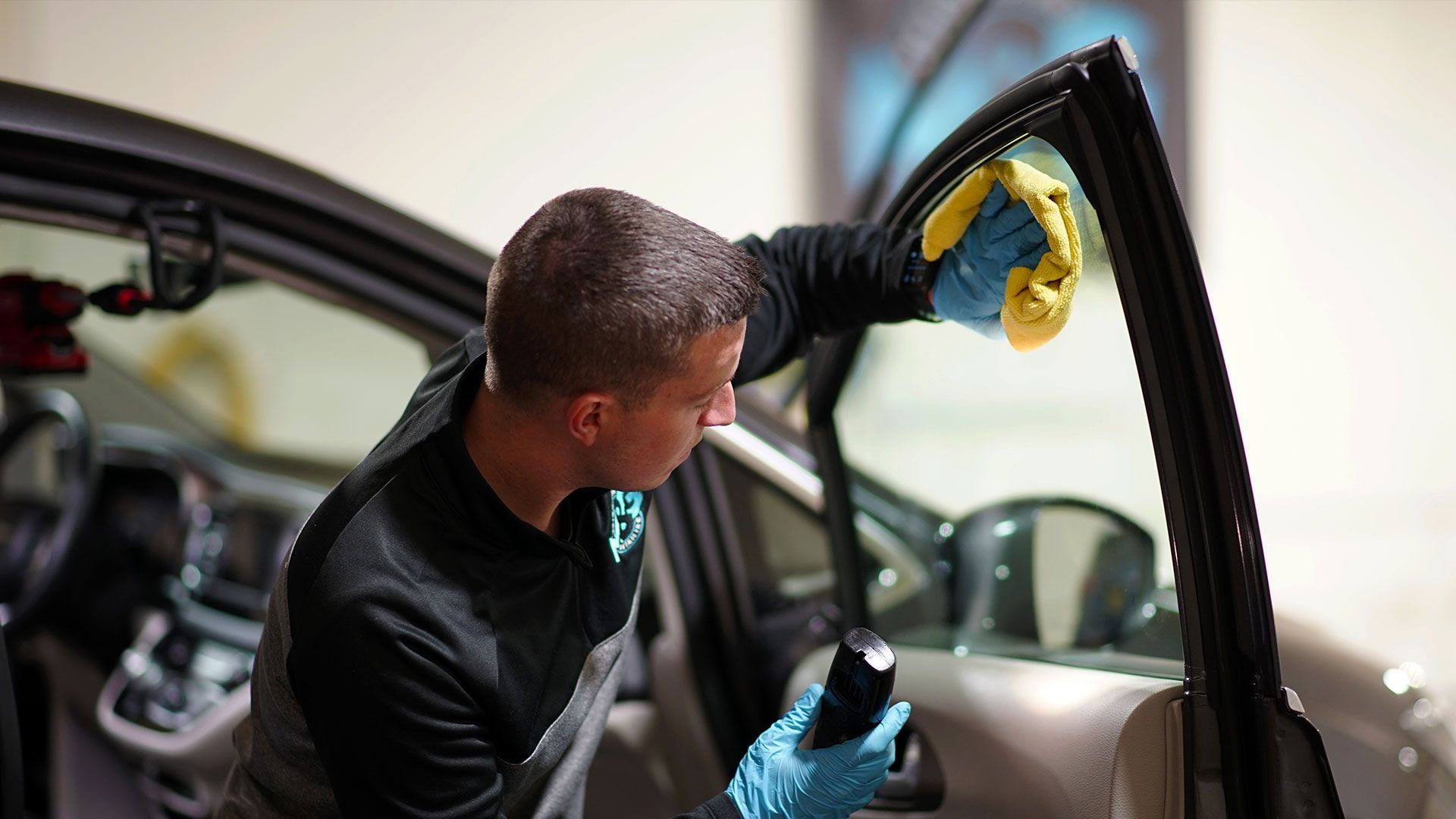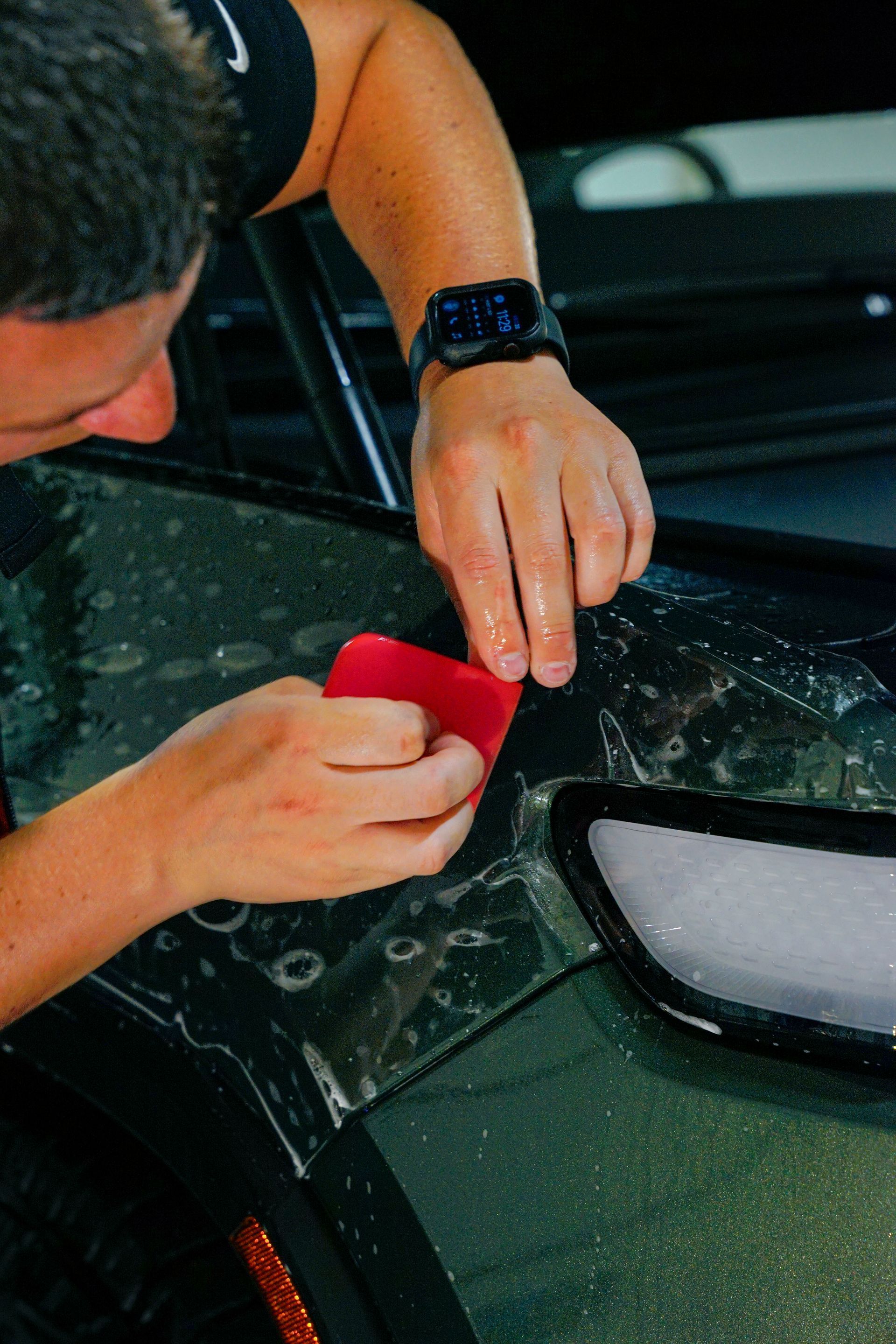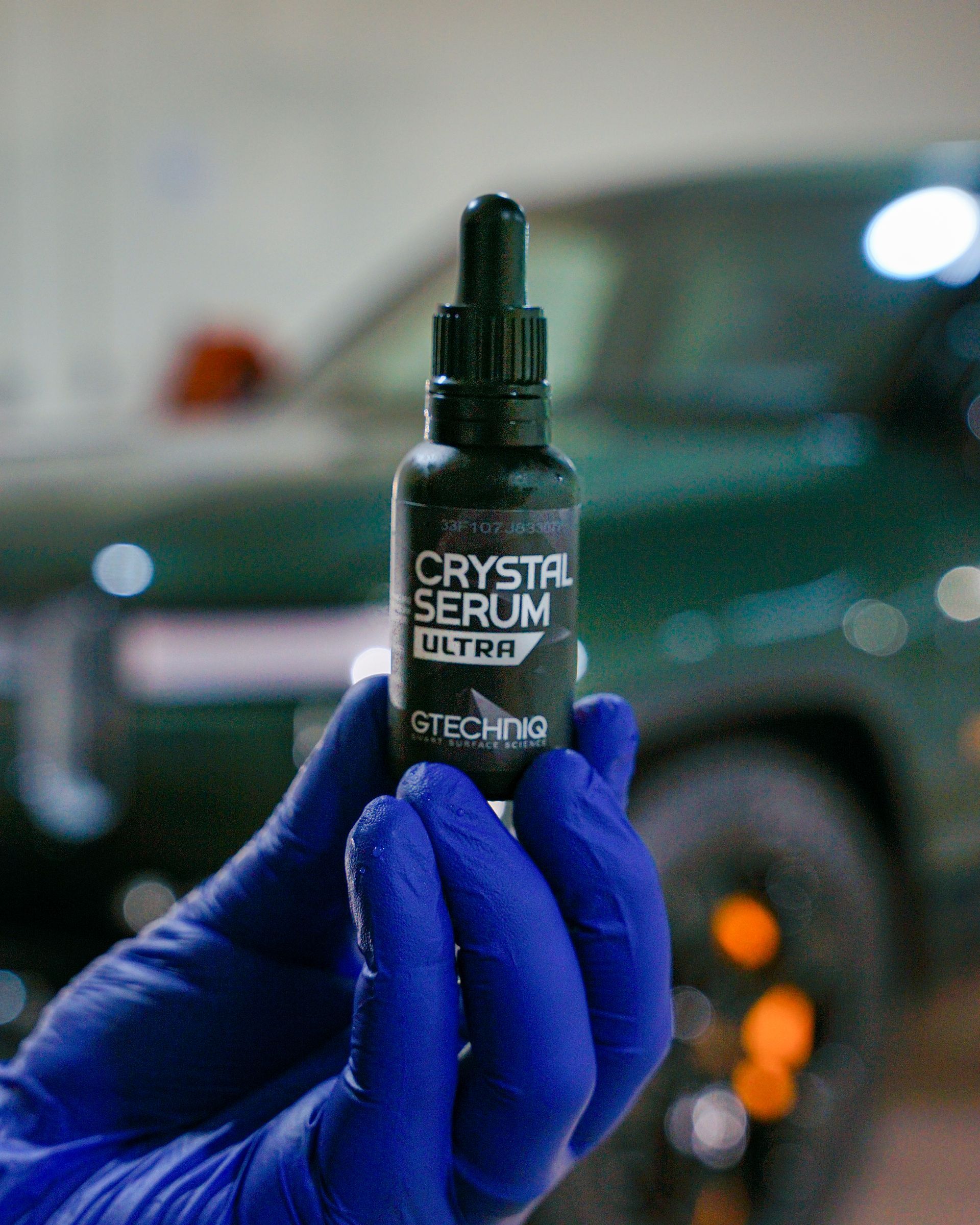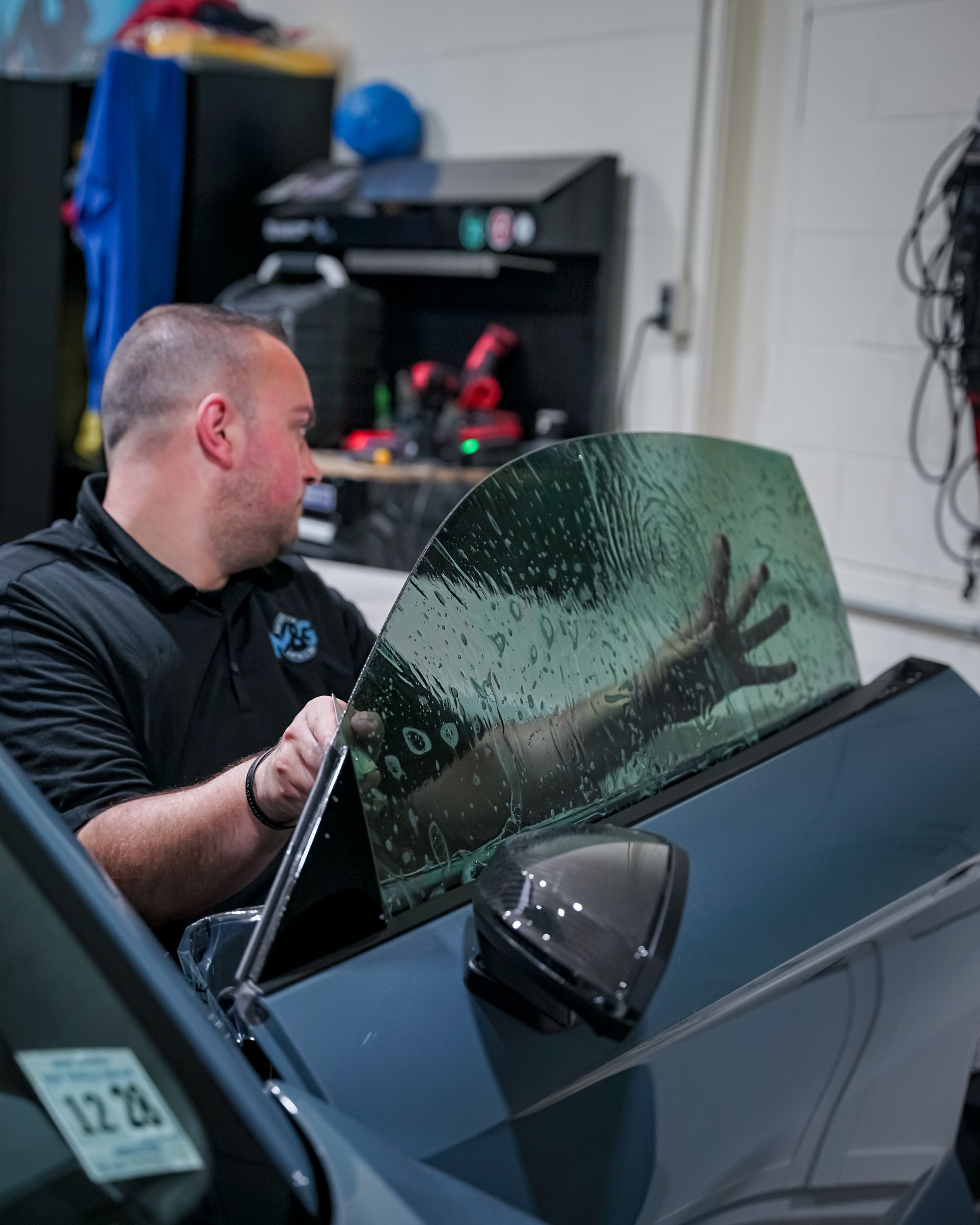Choosing a Professional Auto Detailing NJ: 5 Things to Consider
The post Choosing a Professional Auto Detailing NJ: 5 Things to Consider appeared first on M&G Automotive Detailing.




For most people, acquiring a car is both a significant investment and a vital possession. Specific safety precautions are required to ensure the longevity of your vehicle. Frequent washing, maintenance, and—most importantly—detailing it using the best car detailing solutions are needed to ensure the longevity of your vehicle. To properly detail your car, you must recruit the best professionals. So, where do you begin, and what factors should you consider?
Setting a budget is the first step in hiring car detailing services. Depending on the task at hand, car detailers have varying prices.
Auto detailers may charge less, but it doesn’t necessarily mean they provide the best service, so be careful. The detailer must provide you with value for your money by correctly detailing your car. Along with cost and affordability, you must also consider the level of the services you receive.
There is a shortage of qualified auto detailers. When hiring an auto detailing NJ , always check for professionalism. Most detailers who approach you might not possess the necessary skills to be considered professionals. Therefore, you must ascertain whether a potential auto detailer is qualified to work on your vehicle before hiring them.
A skilled auto detailer understands the nuances between washing, cleaning, and detailing a vehicle. They use the proper auto care supplies and equipment from certified industry players.
The best auto detailers you may hire for your car might not be those that work from home. They might not have the skills and equipment necessary to detail your automobile. Your car will last longer and receive the best care from a skilled detailer.
Car detailing involves washing your car from top to bottom and removing all of the dust and filth from within. Make sure the auto detailer has the necessary equipment, supplies, and experience before you trust them with your vehicle. A skilled auto detailer from a reputable business like M&G Automotive Detailing has the necessary equipment and supplies. Car detailing services are only as good as the products and equipment that are present during the detail!
Your auto detailing NJ can quickly clean your vehicle by employing the appropriate products and instruments for detailing. You shouldn’t engage a car detailer for the work if you think they might not be utilizing the proper equipment, materials, and wash procedures, such as soaps, wash mitts, and the two-bucket car wash method. The appropriate washing of your car should be the auto detailer’s main priority. Car washing, vacuuming, and utilizing the right tools and supplies should all be part of it.
You want to choose a car detailer who will make you feel confident that your vehicle is in skilled hands. Most expert auto detailing NJ professionals can describe to their clients what auto detailing comprises and give them an example of car detailing. Each auto detailer strives to deliver services that satisfy its customers. However, if your automobile has extensive damage, it might not be able to guarantee the best outcomes.
It could be hard to predict how long a complete car detail will take since the size and condition of the vehicle vary. Because of this, you must give your car detailer ample time to auto-clean your vehicle if you want superior detailing.
The opinions of other car owners are crucial when evaluating an auto detailer’s work. Therefore, you should check to see if a professional auto detailer has good customer feedback before visiting them.
You can search online to find the car detailer’s most recent tasks and the products and equipment they use. Read some client testimonies and evaluations before choosing a car detailer or giving them access to your vehicles. You can save time by using the internet to find the top auto detailers in your area.
Auto detailing NJ is time-consuming, tedious, and labor-intensive. Most clients choose expert auto detailing services to ensure quality and satisfactory service. When you want to have your vehicle detailed, you need to hire the best people. Your auto detailer must know the proper materials, tools, and detailing techniques. If you want a pristine vehicle afterward, only entrust your car to skilled auto detailers.
Hiring M&G Automotive Detailing for professional auto detailing services ensures that interior and exterior detail work is completed accurately, quickly, and affordably.
Want to see what else we have to offer? Visit our website at https://mgmobiledetail.com/ to transform your car-cleaning routine while saving time and the environment.
The post Choosing a Professional Auto Detailing NJ: 5 Things to Consider appeared first on M&G Automotive Detailing.




M&G Automotive Detailing of Cherry Hill, New Jersey was founded in 2018 by obsessed vehicle detailers with a desire to always up the ante on their skills in professional auto paint protection, and interior and exterior car care. Starting out with a paint correction and auto detailing certification from Shine Supply and quickly moving to additional credentials in Gtechniq Ceramic Coatings, Window Tint Films, and Paint Protection Films, we care deeply about each car, truck, or SUV that our valued customers trust us with.
Designed by the team at Detailers Roadmap, a platform developed for detailing operators across the globe.
All Rights Reserved | 8bitcreative, LLC | M&G Automotive Detailing